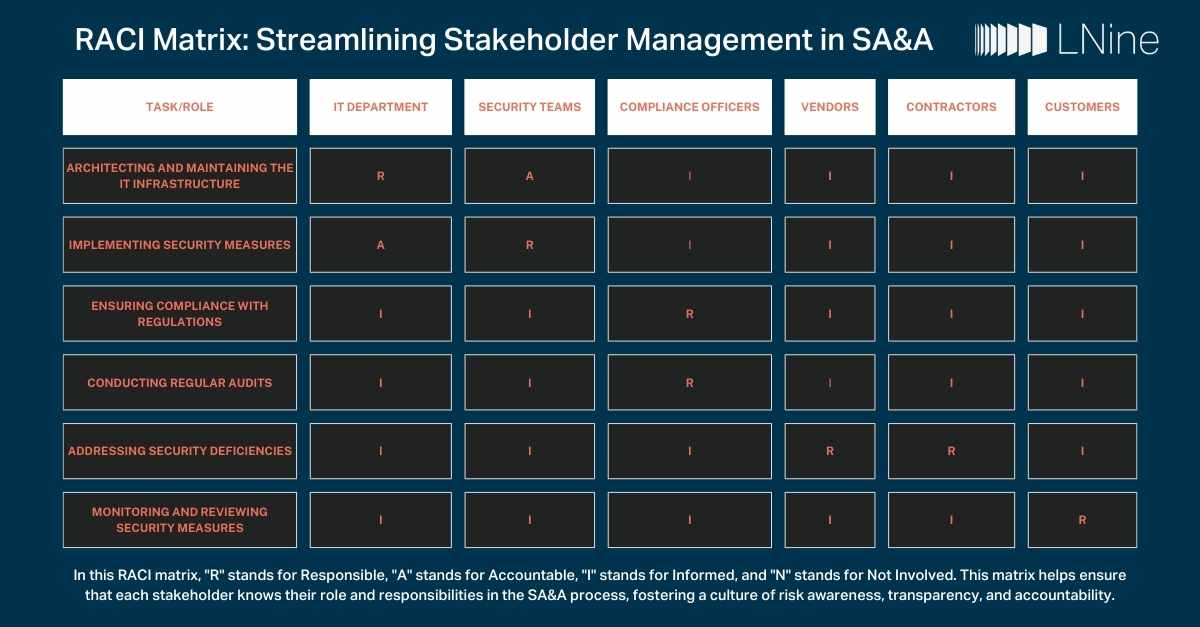The acceptable level of technical debt can vary depending on the organization and project but it is generally considered to be the amount that can be managed and controlled within the budget and resources of the company. It is also considered acceptable when it's incurred with a clear plan, understanding the trade-offs, and the costs involved and when it aligns with the organization's goals and objectives.
Latest Posts
- Cloud Transformation
- Modernization
- Authority to Operate
- cloud migration
- optimization
- Canadian Federal Government Contracting
- HIPAA
- Operational Excellence
- Security Assessment and Authorization
- Canadian Federal IT
- Cloud FinOps
- Cloud Management
- Cybersecurity
- Enterprise Architecture
- Information Management
- Canadian Federal Government employment
- Canadian Federal Government jobs
- Technical Debt
- Procurement Processes
- Technical debt in federal government
- Technical discussion
- AWS
- Canadian Federal Government resume
- Federal Government Staffing
- Microsoft
-
RECOMMENDATION

RACI Matrix: Streamlining Stakeholder Management in SA&A
The RACI matrix is a valuable tool for organizations to effectively manage the SA&A process, ensuring that all stakeholders are aligned and accountable for the security...

From Risk to Resilience: Exploring ATO and SA&A in Modern Cybersecurity
Welcome to our 4-part blog series covering the intricate process of the Authority to Operate (ATO) and the key considerations for the Canadian government. In this...

Enterprise Architecture Journey: From Planning to Alignment
Embarking on the EA journey requires careful planning and execution. Organizations must assess their readiness for EA adoption, establishing a cross-functional team that...

Optimizing Cloud Costs: Essential Skills for Cloud FinOps Specialists
If you think FinOps is solely about cost savings, it's time for a paradigm shift. At its core, FinOps is a wealth-building strategy that involves skillful management of...